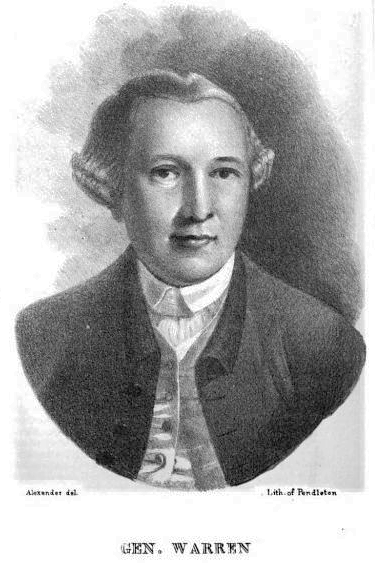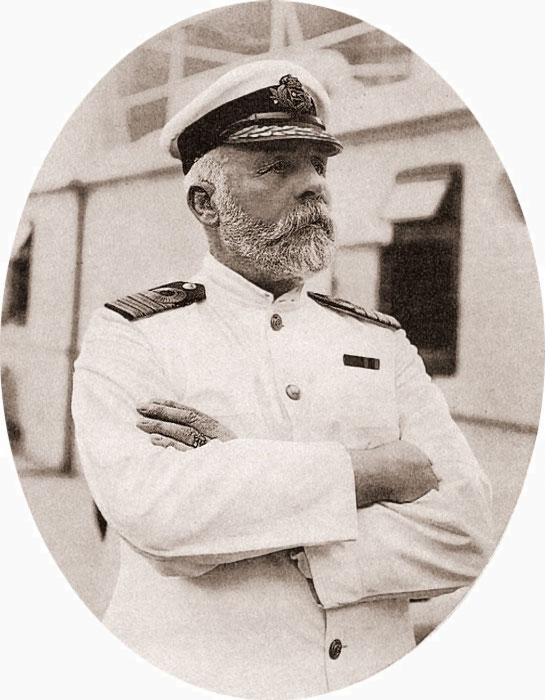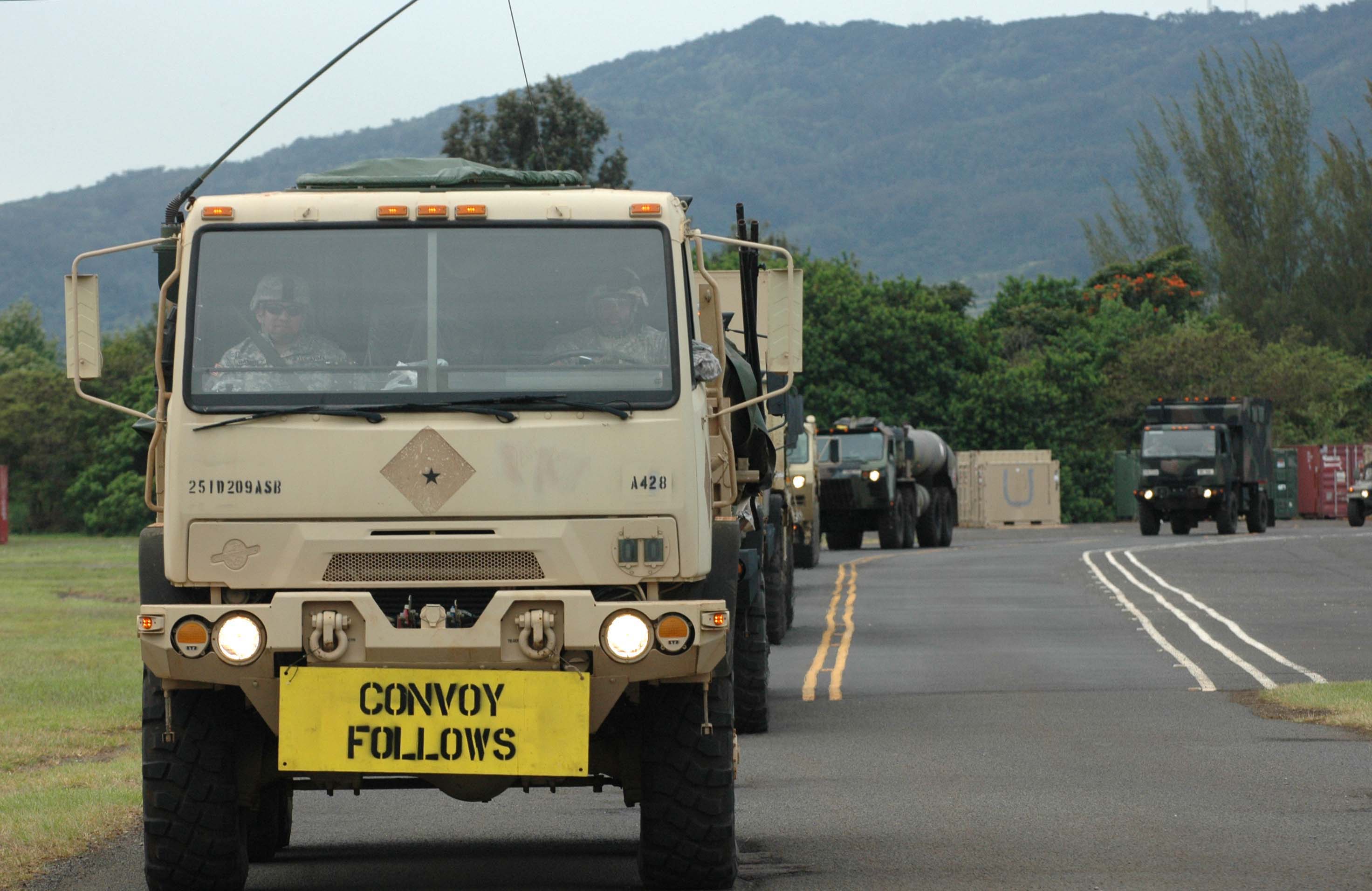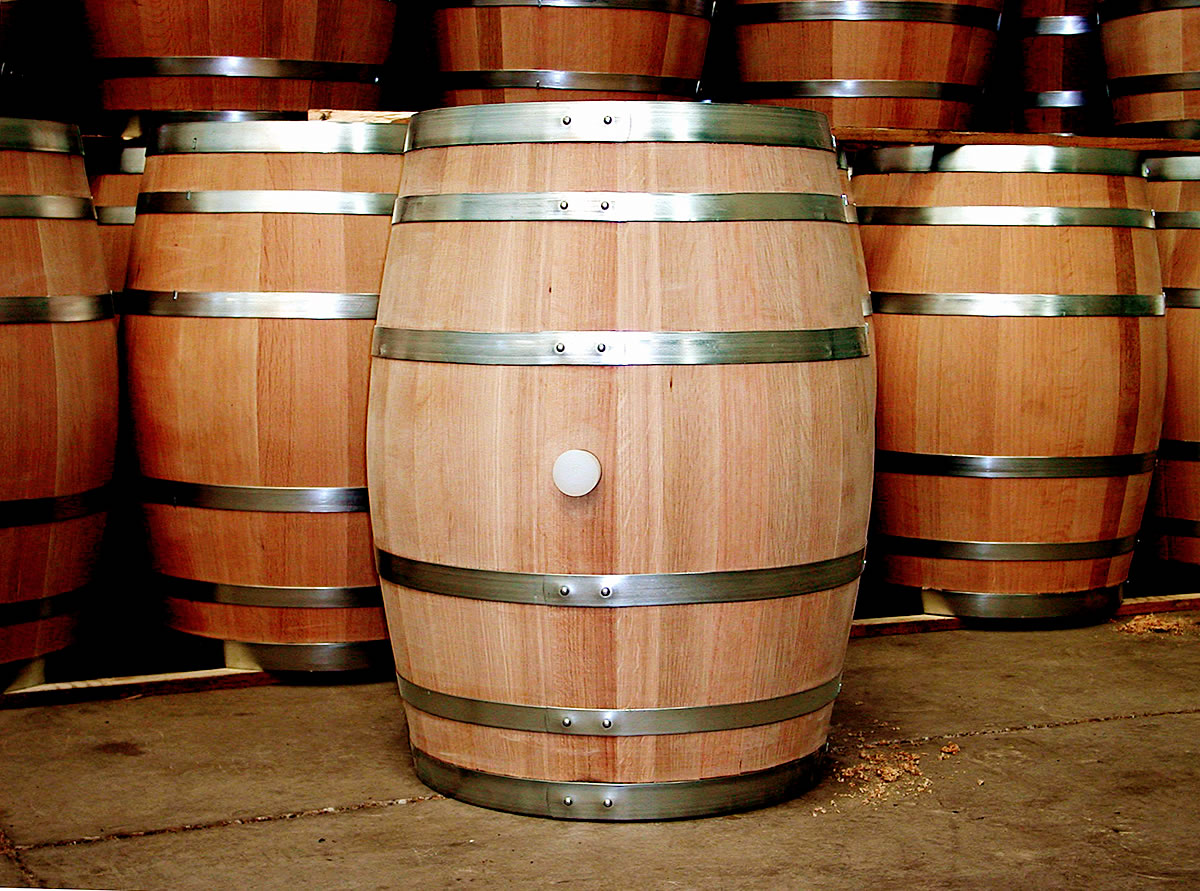|
USS Warren (1775)
USS ''Warren'' was a 4-gun schooner of the Continental Navy from 1775 to 1776. She was named for patriot Joseph Warren, who had been killed at the Battle of Bunker Hill. ''Warren'' was originally the fishing schooner ''Hawk'', probably built at Marblehead, Massachusetts, and owned by John Twisdon at the time of her appraisal for naval service in the American Revolutionary War by Colonel Jonathan Glover and Edward Fettyplace on 12 October 1775. Hurriedly fitted out as the fourth vessel of the fledgling seagoing force assembled by General George Washington to intercept British supply ships bound for Boston, Massachusetts, ''Warren'' was commissioned at Beverly, Massachusetts, late in October 1775. Under the command of Captain Winborn Adams, the armed schooner sailed from Beverly on 31 October 1775, on her maiden voyage under Continental colors. ''Warren'' cruised north of Cape Ann, Massachusetts, and captured a small wooden schooner before bagging a Boston-bound supply ship, the ... [...More Info...] [...Related Items...] OR: [Wikipedia] [Google] [Baidu] |
Joseph Warren
Joseph Warren (June 11, 1741 – June 17, 1775), a Founding Father of the United States, was an American physician who was one of the most important figures in the Patriot (American Revolution), Patriot movement in Boston, Massachusetts, Boston during the early days of the American Revolution, eventually serving as President of the revolutionary Massachusetts Provincial Congress. Warren enlisted Paul Revere and William Dawes on April 18, 1775, to leave Boston and spread the alarm that the British garrison in Boston was setting out to raid the town of Concord, Massachusetts, Concord and arrest rebel leaders John Hancock and Samuel Adams. Warren had been commissioned a major general in the colony's militia shortly before the June 17, 1775 Battle of Bunker Hill. Rather than exercise his rank, Warren chose to participate in the battle as a private (military), private soldier, and was killed in combat when British troops stormed the redoubt atop Breed's Hill. His death, immortali ... [...More Info...] [...Related Items...] OR: [Wikipedia] [Google] [Baidu] |
Captain (nautical)
A sea captain, ship's captain, captain, master, or shipmaster, is a high-grade licensed mariner who holds ultimate command and responsibility of a merchant vessel. The captain is responsible for the safe and efficient operation of the ship, including its seaworthiness, safety and security, cargo operations, navigation, crew management, and legal compliance, and for the persons and cargo on board. Duties and functions The captain ensures that the ship complies with local and international laws and complies also with company and flag state policies. The captain is ultimately responsible, under the law, for aspects of operation such as the safe navigation of the ship, its cleanliness and seaworthiness, safe handling of all cargo, management of all personnel, inventory of ship's cash and stores, and maintaining the ship's certificates and documentation. One of a shipmaster's particularly important duties is to ensure compliance with the vessel's security plan, as required by th ... [...More Info...] [...Related Items...] OR: [Wikipedia] [Google] [Baidu] |
Convoy
A convoy is a group of vehicles, typically motor vehicles or ships, traveling together for mutual support and protection. Often, a convoy is organized with armed defensive support and can help maintain cohesion within a unit. It may also be used in a non-military sense, for example when driving through remote areas. Naval convoys Age of Sail Naval convoys have been in use for centuries, with examples of merchant ships traveling under naval protection dating to the 12th century. The use of organized naval convoys dates from when ships began to be separated into specialist classes and national navies were established. By the French Revolutionary Wars of the late 18th century, effective naval convoy tactics had been developed to ward off pirates and privateers. Some convoys contained several hundred merchant ships. The most enduring system of convoys were the Spanish treasure fleets, that sailed from the 1520s until 1790. When merchant ships sailed independently, a privateer c ... [...More Info...] [...Related Items...] OR: [Wikipedia] [Google] [Baidu] |
Christmas
Christmas is an annual festival commemorating Nativity of Jesus, the birth of Jesus Christ, observed primarily on December 25 as a Religion, religious and Culture, cultural celebration among billions of people Observance of Christmas by country, around the world. A liturgical year, liturgical feast central to Christianity, Christmas preparation begins on the Advent Sunday, First Sunday of Advent and it is followed by Christmastide, which historically in the West lasts Twelve Days of Christmas, twelve days and culminates on Twelfth Night (holiday), Twelfth Night. Christmas Day is a public holiday in List of holidays by country, many countries, is observed religiously by a majority of Christians, as well as celebrated culturally by many non-Christians, and forms an integral part of the annual Christmas and holiday season, holiday season. The traditional Christmas narrative recounted in the New Testament, known as the Nativity of Jesus, says that Jesus was born in Bethlehem, in ... [...More Info...] [...Related Items...] OR: [Wikipedia] [Google] [Baidu] |
Prize Crew
A prize crew is the selected members of a ship chosen to take over the operations of a captured ship. History Prize crews were required to take their prize to appropriate prize courts, which would determine whether the ship's officers and crew had sufficient cause to have the value of the prize awarded to them. In the Age of Sail and up into the American Civil War, capturing enemy ships was quite common. As a result, warships optimistically carried extra crew members for use as prize crews. More recently, as evidenced by results of sea battles during World War I and World War II, ships generally were sunk, not captured. If, however, a ship is captured, a prize crew would be selected from the winning ship's complement. Examples * See for prize crew and prize court example. * in 1939, SS ''City of Flint'' was captured by a German warship in the Atlantic and sailed to Norway. As Norway was neutral, the German prize crew were eventually interned and the vessel returned to her A ... [...More Info...] [...Related Items...] OR: [Wikipedia] [Google] [Baidu] |
HMS Niger (1759)
HMS ''Niger'' was a 32-gun fifth rate frigate of the Royal Navy. History She was launched in 1759.Lysaght, p. 37 In 1766, under the command of Sir Thomas Adams, ''Niger'' travelled to Newfoundland and Labrador. Also on board were Constantine Phipps, and the English botanist Joseph Banks. The purpose of the journey was to transport a party of mariners to Chateau Bay, Newfoundland and Labrador to build a fort, to continue strengthening relations with the native population, and to survey some of the coast of Newfoundland. Banks collected many species of plants and animals during that journey, including many which were previously unknown or undescribed by Europeans. In 1766 Banks met James Cook briefly in St John's, through their mutual friend Thomas Adams. This meeting would lead to Banks joining Cook on his first circumnavigation from 1769 to 1771.Lysaght, p. 41 During the American Revolutionary War in 1776, ''Niger'' briefly engaged Gurnet Fort guarding Plymouth, Ma ... [...More Info...] [...Related Items...] OR: [Wikipedia] [Google] [Baidu] |
Fifth-rate
In the rating system of the Royal Navy used to categorise sailing warships, a fifth rate was the second-smallest class of warships in a hierarchical system of six " ratings" based on size and firepower. Rating The rating system in the Royal Navy as originally devised had just four rates, but early in the reign of Charles I, the original fourth rate (derived from the "Small Ships" category under his father, James I) was divided into new classifications of fourth, fifth, and sixth rates. While a fourth-rate ship was defined as a ship of the line, fifth and the smaller sixth-rate ships were never included among ships-of-the-line. Nevertheless, during the Anglo-Dutch Wars of the 17th century, fifth rates often found themselves involved among the battle fleet in major actions. Structurally, these were two-deckers, with a complete battery on the lower deck, and fewer guns on the upper deck (below the forecastle and quarter decks, usually with no guns in the waist on this deck). ... [...More Info...] [...Related Items...] OR: [Wikipedia] [Google] [Baidu] |
Wine
Wine is an alcoholic drink made from Fermentation in winemaking, fermented fruit. Yeast in winemaking, Yeast consumes the sugar in the fruit and converts it to ethanol and carbon dioxide, releasing heat in the process. Wine is most often made from grapes, and the term "wine" generally refers to grape wine when used without any qualification. Even so, wine can be made fruit wine, from a variety of fruit crops, including plum, cherry, pomegranate, blueberry, Ribes, currant, and Sambucus, elderberry. Different varieties of grapes and Strain (biology), strains of yeasts are major factors in different styles of wine. These differences result from the complex interactions between the Biochemistry, biochemical development of the grape, the reactions involved in fermentation, the grape's growing environment (terroir), and the wine production process. Many countries enact legal appellations intended to define styles and qualities of wine. These typically restrict the geographical origin ... [...More Info...] [...Related Items...] OR: [Wikipedia] [Google] [Baidu] |
Cask
A barrel or cask is a hollow cylindrical container with a bulging center, longer than it is wide. They are traditionally made of wooden staves and bound by wooden or metal hoops. The word vat is often used for large containers for liquids, usually alcoholic beverages; a small barrel or cask is known as a keg. Barrels have a variety of uses, including storage of liquids such as water, oil, and alcohol. They are also employed to hold maturing beverages such as wine, cognac, armagnac, sherry, port, whiskey, beer, arrack, and sake. Other commodities once stored in wooden casks include gunpowder, meat, fish, paint, honey, nails, and tallow. Modern wooden barrels for wine-making are made of English oak (''Quercus robur''), white oak (''Quercus petraea''), American white oak (''Quercus alba''), more exotic is mizunara oak ('' Quercus crispula''), and recently Oregon oak ('' Quercus garryana'') has been used. Someone who makes traditional wooden barrels is called a coope ... [...More Info...] [...Related Items...] OR: [Wikipedia] [Google] [Baidu] |
New York City
New York, often called New York City (NYC), is the most populous city in the United States, located at the southern tip of New York State on one of the world's largest natural harbors. The city comprises five boroughs, each coextensive with a respective county. The city is the geographical and demographic center of both the Northeast megalopolis and the New York metropolitan area, the largest metropolitan area in the United States by both population and urban area. New York is a global center of finance and commerce, culture, technology, entertainment and media, academics, and scientific output, the arts and fashion, and, as home to the headquarters of the United Nations, international diplomacy. With an estimated population in 2024 of 8,478,072 distributed over , the city is the most densely populated major city in the United States. New York City has more than double the population of Los Angeles, the nation's second-most populous city. [...More Info...] [...Related Items...] OR: [Wikipedia] [Google] [Baidu] |
Portugal
Portugal, officially the Portuguese Republic, is a country on the Iberian Peninsula in Southwestern Europe. Featuring Cabo da Roca, the westernmost point in continental Europe, Portugal borders Spain to its north and east, with which it shares Portugal-Spain border, the longest uninterrupted border in the European Union; to the south and the west is the North Atlantic Ocean; and to the west and southwest lie the Macaronesia, Macaronesian archipelagos of the Azores and Madeira, which are the two Autonomous Regions of Portugal, autonomous regions of Portugal. Lisbon is the Capital city, capital and List of largest cities in Portugal, largest city, followed by Porto, which is the only other Metropolitan areas in Portugal, metropolitan area. The western Iberian Peninsula has been continuously inhabited since Prehistoric Iberia, prehistoric times, with the earliest signs of Human settlement, settlement dating to 5500 BC. Celts, Celtic and List of the Pre-Roman peoples of the Iberia ... [...More Info...] [...Related Items...] OR: [Wikipedia] [Google] [Baidu] |
Lisbon
Lisbon ( ; ) is the capital and largest city of Portugal, with an estimated population of 567,131, as of 2023, within its administrative limits and 3,028,000 within the Lisbon Metropolitan Area, metropolis, as of 2025. Lisbon is mainland Europe's westernmost capital city (second overall after Reykjavík, Reykjavik), and the only one along the Atlantic coast, the others (Reykjavik and Dublin) being on islands. The city lies in the western portion of the Iberian Peninsula, on the northern shore of the River Tagus. The western portion of its metro area, the Portuguese Riviera, hosts the westernmost point of Continental Europe, culminating at Cabo da Roca. Lisbon is one of the List of oldest continuously inhabited cities, oldest cities in the world and the second-oldest European capital city (after Athens), predating other modern European capitals by centuries. Settled by pre-Celtic tribes and later founded and civilized by the Phoenicians, Julius Caesar made it a municipium ... [...More Info...] [...Related Items...] OR: [Wikipedia] [Google] [Baidu] |








